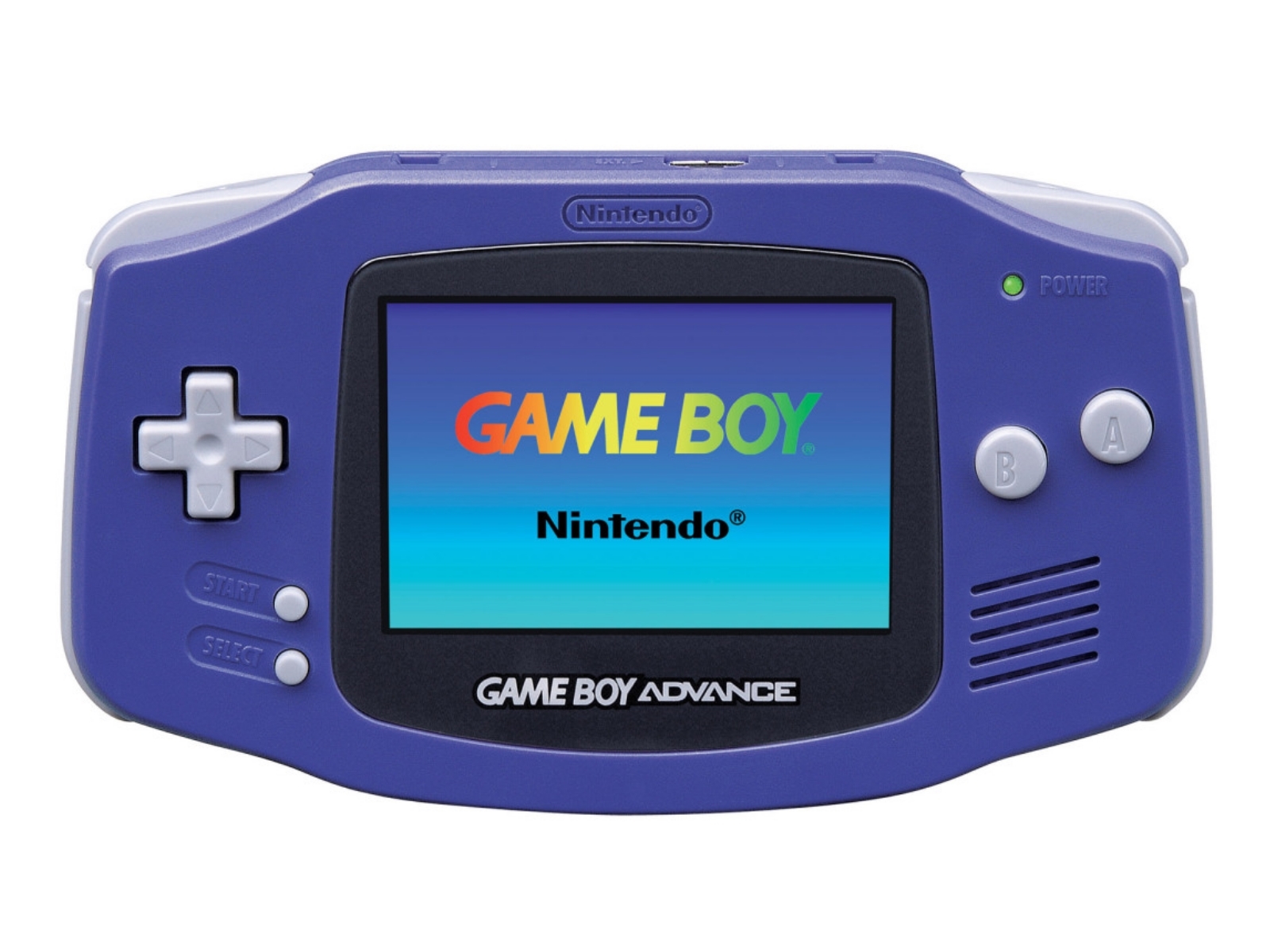The Game Boy Advance (GBA) revolutionized portable gaming when it was released, capturing the hearts of millions of gamers worldwide. One of the factors that contributed to its popularity was its impressive screen resolution, which allowed for vibrant graphics and engaging gameplay. In this article, we will explore the intricacies of GBA screen resolution and how it impacted the gaming experience for players. Beyond just numbers, the resolution played a crucial role in the design of games and the overall aesthetic appeal of the platform. As we journey through the dimensions of GBA screen resolution, we will also uncover how it compared to other handheld consoles of its time and how it continues to influence game design today.
With a display that measured just 2.9 inches diagonally, the GBA's screen resolution of 240 x 160 pixels was a significant step forward compared to its predecessors. This resolution not only enhanced the visual clarity of games but also allowed developers to create more detailed and immersive game worlds. As we delve deeper into this topic, we will address common questions regarding the GBA screen resolution and its implications for gamers and developers alike.
Throughout this exploration, we will also examine the technological advancements that have shaped the handheld gaming landscape and the legacy of the GBA. By understanding the GBA screen resolution, we can appreciate the intricate balance between hardware capabilities and creative expression that continues to define the gaming industry.
What is the GBA Screen Resolution?
The GBA screen resolution is defined as 240 pixels wide by 160 pixels tall. This resolution provides a total of 38,400 pixels. The aspect ratio of the GBA screen is 3:2, which is common in many handheld devices. This resolution, while modest by today's standards, was groundbreaking at the time of the GBA's release in 2001.
How Does GBA Screen Resolution Compare to Other Handheld Consoles?
To understand the significance of the GBA screen resolution, it's essential to compare it with other popular handheld consoles from the same era. Here are some comparisons:
- Game Boy Color: 160 x 144 pixels
- Sega Game Gear: 320 x 240 pixels
- Nintendo DS: 256 x 192 pixels (per screen)
The GBA's resolution provided a perfect balance between visual fidelity and performance, allowing for smooth gameplay without sacrificing battery life.
What Impact Did GBA Screen Resolution Have on Game Design?
The GBA screen resolution allowed developers to create vibrant and detailed graphics that were previously impossible on handheld devices. This resolution facilitated:
- Enhanced Character Designs: Game developers could incorporate more intricate designs for characters, making them more relatable and engaging.
- Rich Environments: The additional pixels enabled the creation of more immersive game worlds, captivating players with detailed backgrounds and animations.
- Smooth Animation: The resolution allowed for fluid animations, which improved the overall gameplay experience.
How Did GBA Screen Resolution Influence Player Experience?
The GBA screen resolution significantly impacted player experience by providing a visually engaging platform. Players could enjoy games with:
- Color Depth: The GBA supported a palette of over 32,000 colors, allowing games to present a vivid and colorful experience.
- Clearer Text: The increased resolution meant that text was easier to read, enhancing narrative elements within games.
- Accessibility: The sharp graphics made games more accessible to a wider audience, including younger gamers.
What Are the Limitations of GBA Screen Resolution?
Despite its advantages, the GBA screen resolution also had some limitations, including:
- Pixelation: When scaling graphics or using higher resolution assets, pixelation could occur, affecting visual quality.
- Screen Size: The small screen size limited the amount of detail that could be displayed, which could be a challenge for developers.
How Has GBA Screen Resolution Influenced Modern Gaming?
The influence of GBA screen resolution can still be seen in modern gaming. It laid the groundwork for:
- Mobile Gaming: Many principles of portable gaming and screen resolution have been adopted by mobile game developers.
- Indie Games: The retro aesthetic inspired many indie developers to create games that emulate the pixel art style of the GBA.
Conclusion: The Legacy of GBA Screen Resolution
In conclusion, the GBA screen resolution played a pivotal role in shaping the gaming landscape of its time. By providing a well-balanced resolution that facilitated rich graphics and engaging gameplay, the GBA set a standard for future handheld consoles. As we look back at this iconic device, it's clear that the GBA screen resolution not only influenced game design but also helped define an entire generation of gamers.
Article Recommendations
- Sean Mcdermott 9 11 Quote
- Who Is Alan Greenspan
- Yk Osiris And Diddy
- Gypsy Eose Crime Scene
- Ideas For Duo Day
- Percy Jackson Logan Lerman
- The Prince Of Denmark
- Bob Evans
- Evangeline Lilly Parents
- Good Morning Quote For A Friend



